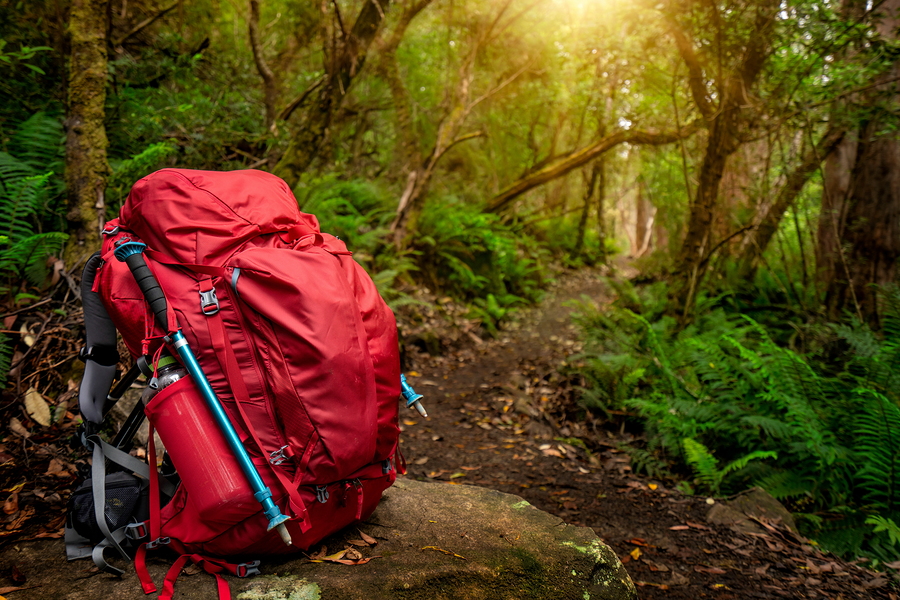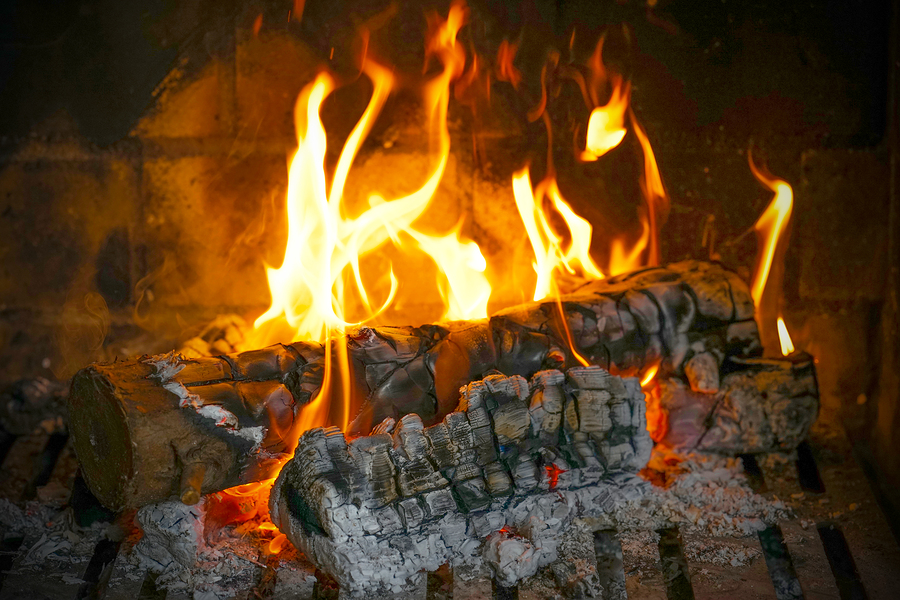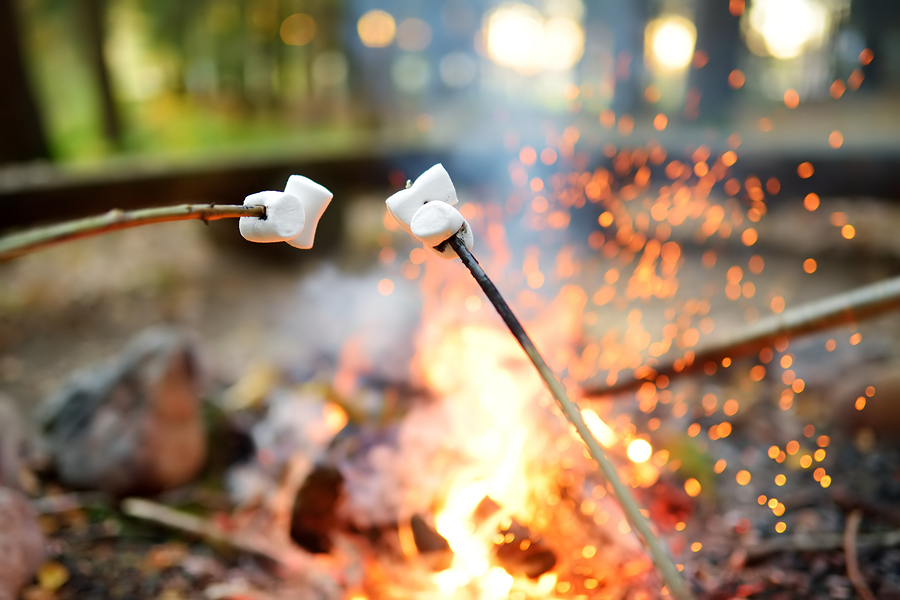Heat stroke is one of those illnesses that most people take lightly, until it happens to them or someone they know.
Heat stroke is defined as having a core body temperature of 104 degrees Fahrenheit or higher. It’s like having a terrible fever, except that it comes from the outside, instead of the inside.
Symptoms
● Headache
● Light-headedness and dizziness
● No sweating in spite of the heat
● Dry skin that is red and hot
● Muscle cramps or weakness
● Rapid heartbeat
● Fast, shallow breathing
● Unconsciousness
● Seizures
● Confusion or disorientation
● Nausea or vomiting
Just like hypothermia, too much heat causes a person to become confused. This means that the person suffering from heat stroke usually can’t make proper decisions and can’t be trusted to make an assessment of their situation.
Prevention
Preventing heat stroke is sometimes easier said than done. If you can control your environment, it can be easy. If you find yourself in the middle of a desert, it might be much harder. Here are a few suggestions:
➢ Stay hydrated; drink water constantly.
➢ Cover your head and body with light colored clothing.
➢ Take frequent breaks in the shade.
➢ If you find yourself feeling nauseous, stop and cool down.
➢ If you are stranded in a hot place, move at night or at dawn and dusk. Do like the animals do and hide during the hottest hours of the day.
First Aid
Here is a list of steps to take if you suspect that someone is suffering from heat stroke:
1. Call 911.
2. Move the person to an air-conditioned space. If that’s not available, someplace cool. If you are in the desert, it can be a huge help to know where caves and old mines might be.
3. Remove any unnecessary clothing.
4. Fan the person while wiping them with water or gently spraying them with a hose.
5. Apply ice packs to the armpits, groins, neck and back.
6. Give them a cold shower or a cool bath.
7. If the person is otherwise young and healthy and overheated do to exercise or exertion, you can put them into an ice bath. Don’t do this to an older person. Their heart might not be able to handle the shock.
8. Once they are conscious and able to swallow easily, you can start giving them ice water. No soda, sports drinks or juice; those are all full of sugar and not easy on the body.
The best way to beat heat stroke is to not get it in the first place. Stay hydrated, take your time, and be aware of your state of being and those around you.







